America's great again: the new era of US bike racers
But can it last? The US finally has a clutch of star riders again, but is its top-level success built on solid foundations, asks Chris Marshall-Bell
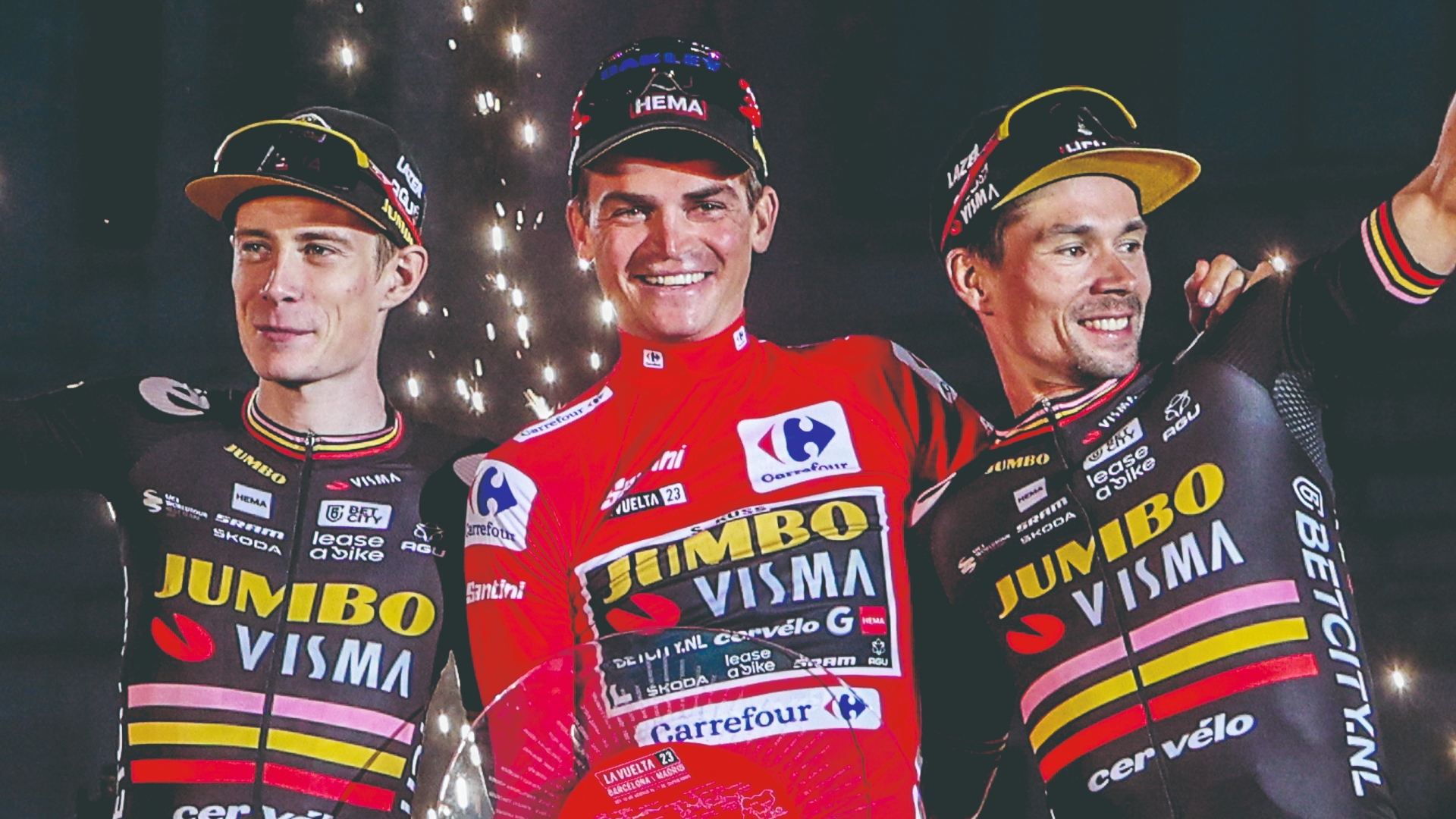
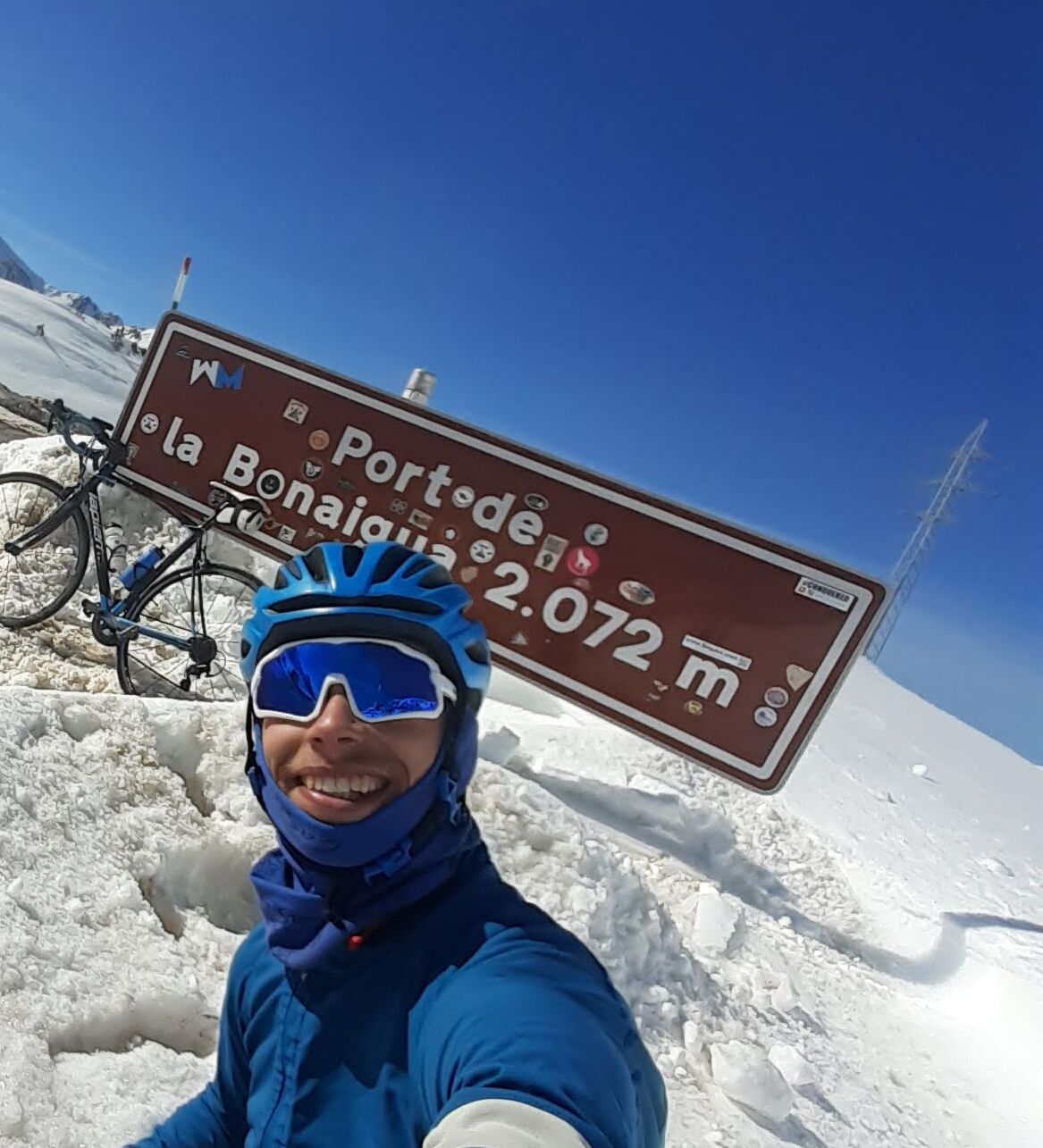
After a lull spanning almost a decade and a half, going back to the era of Lance Armstrong and his misbehaving compatriots, star-spangled riders representing the USA are once again in the ascendant. Whether it’s Sepp Kuss (Visma-Lease a Bike) winning the 2023 Vuelta a España, his team-mate Matteo Jorgensen triumphing in Paris- Nice and Dwars door Vlaanderen, or Brandon McNulty (UAE Team Emirates) winning on average once every six race days this season, the US has a plethora of riders on a number of different teams excelling across all terrains and distances. The question is, can it last?
Following in the wheel tracks of that standout trio, there’s even more talent: Luke Lamperti (Soudal Quick- Step), 21, has been tipped to emulate Tom Boonen; Magnus Sheffield (Ineos Grenadiers), 22, has already claimed three pro victories; 2023 national champion Quinn Simmons (Lidl-Trek), just turned 23, has world-beating potential; Riley Sheehan (Israel-Premier Tech), also 23, won Paris-Tours as a stagiaire; while the baby faces of Sheehan’s team-mate Matthew Riccitello, 22, and AJ August (Ineos Grenadiers), 18, have both been backed to develop into a stage racing superpowers.
It’s little surprise, then, that the man credited with nurturing a good chunk of this precocious bunch when they were juniors, Roy Knickman, is enjoying the fruits of his work from his home in Wisconsin, and wondering, like the rest of us, just how successful the Class of 2024 will go on to be.
“Watching these Americans and this younger generation getting results is making all of us so excited about bike racing,” the former pro, who was the director of the highly-acclaimed but now defunct Lux Development team, told CW. But scratch beneath the surface and a multitude of problems tarnish the shine, prompting questions about just how long this American wave will last. Th ere is a paucity of US development teams, and only three pro teams above Conti level; US stage races have all but disappeared; and American cycling is now better known for, and more invested in, gravel and city-centre criterium racing. Given these conditions at home, if the current collection of US superstars are here despite a failing domestic road racing scene, might they turn out to be the last great American cohort to hit Europe?
“You ask me how I’d rate the American road scene right now,” Knickman said. “Easy answer: it’s very unhealthy. The road scene is not good at all.”
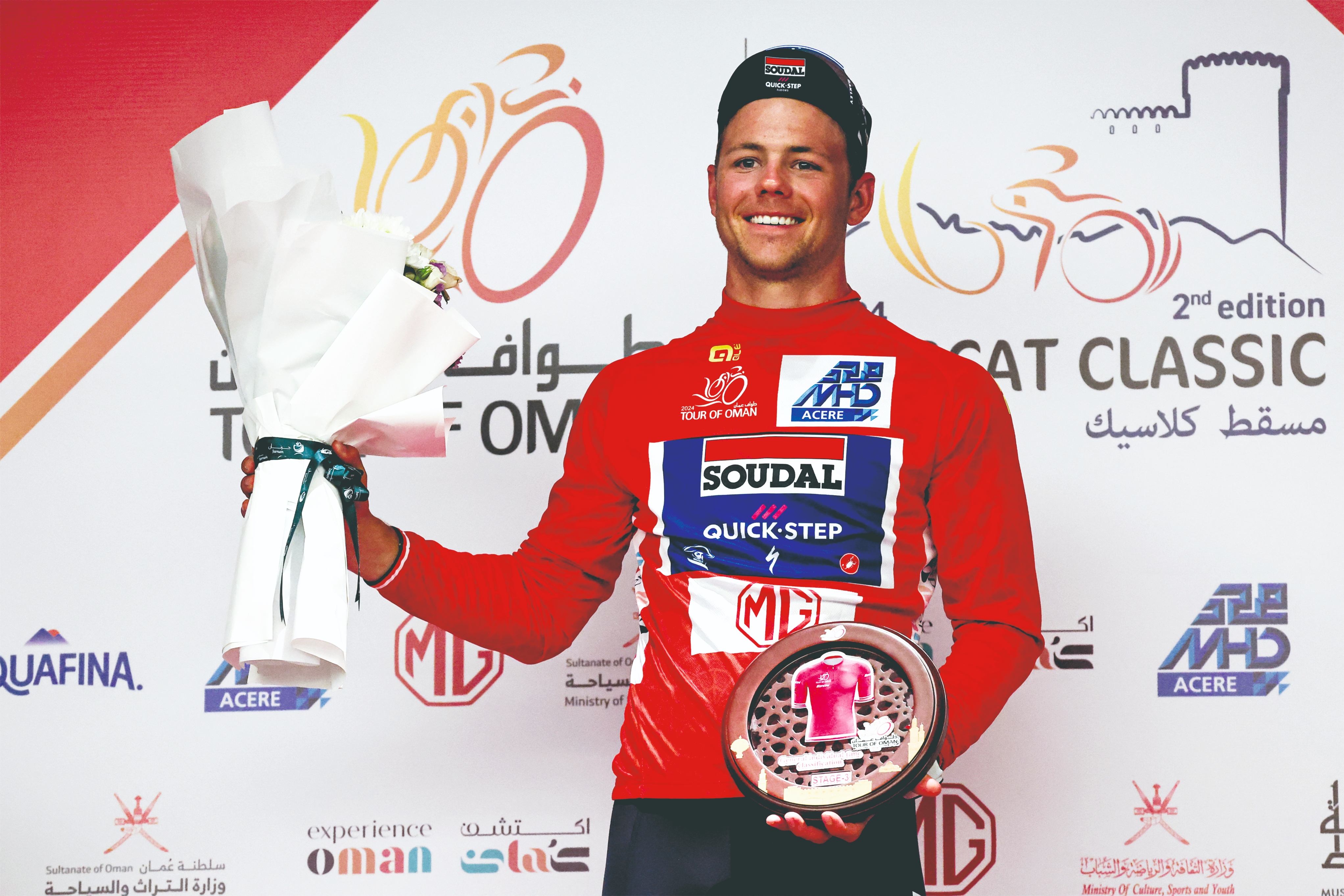
Could Lamperti be the next Classics king? Levefere thinks so
WorldTour renaissance
Let’s not be too gloomy. It would be disingenuous to write that, post-Lance, America fell completely out of love with cycling. Sure, sponsors pulled back and armchair fans found new sports, but there were still a smattering of big wins, including Chris Horner’s Vuelta a España triumph in 2010 at the eye-popping age of 41, and the occasional dash of brilliance from Tyler Farrar, Tejay van Garderen, Taylor Phinney and Andrew Talansky. But American cycling, in comparison to its (sometimes artificially-enhanced) highs of previous decades at least, was on a trajectory of long-term decline.
It was only in 2019, when Simmons became junior world champion, a year before Kuss’s breakthrough Grand Tour performance as a super-domestique, that American fans finally believed that sustained cycling success was once again attainable. That hope has since transformed into reality, rubber-stamped by Kuss’s enormously popular win at the Vuelta last year. When speaking with this magazine recently, Kuss, 29, said that “I still have room to grow”, and he will defend his Vuelta title this summer. That determination to win the biggest races is just as present in Visma-Lease a Bike’s new recruit Matteo Jorgensen. Between last January and June, while riding for Movistar, he spent his entire wages on training and equipment to make a step up, including organising his own altitude camps. “I was quite motivated to move to one of the best teams – that was really in my head as a goal. I thought of it as one year to go all-in and just hold nothing back,” the 24-year-old told CW. “For me, [Visma] is the best environment I could be in. It makes me a lot happier and it’s a lot easier to do my job.”
Get The Leadout Newsletter
The latest race content, interviews, features, reviews and expert buying guides, direct to your inbox!
But can he replicate Kuss, his new team-mate and fellow countryman, as a Grand Tour victor? “I think for my size [6ft 3in] it’d be a pretty big challenge to go for three weeks with so much energy demand,” he said. “That’s the biggest limiting factor: I just have a much bigger frame than most of these guys, and it’s really difficult to see how I would maintain that over three weeks. One-week races I can get through pretty well; it’s when it’s chained together over three, four days between 3,000 and 4,000m [of elevation gain per stage] that I don’t think I could recover well enough. But that’s obviously just me theorising because I’ve never tried it.”
Israel-Premier Tech’s Riccitello, meanwhile, was set to comfortably win last year’s Tour de l’Avenir until he was ambushed on the final day. “He’s a pure climber,” said his team’s DS Sam Bewley. “He’s focused on doing really fast climbs and getting up mountains fast. He’ll be a GC rider in the future for sure... and he’s going to be a good bike rider very, very soon.” Asked by CW how he takes those compliments, the mild-mannered Riccitello said: “Pressure is a privilege, and you have to embrace it.”
Few forecasts of success have been as big and bold as the one Patrick Lefevere placed on the young shoulders of Lamperti shortly after he joined Soudal Quick-Step last winter. “Tom Boonen started as a sprinter and ended as a Classics guy,” the veteran team boss said. “I think with Luke it can be the same thing. Watch out for this American boy.” The 21-year-old’s start to professional life got off to a flyer – three seconds and a third place in his first seven days of racing, before debuting in half-a-dozen Classics. “The comparison with Tom Boonen is... uff, a long shot,” the affable Californian said. “He’s a big rider to live up to... if I could do a fraction of what he did, I’ll have a successful career. One of the reasons I joined this team is because I believe I can go to the very top and it’s motivating that Patrick is thinking I can be that good.”
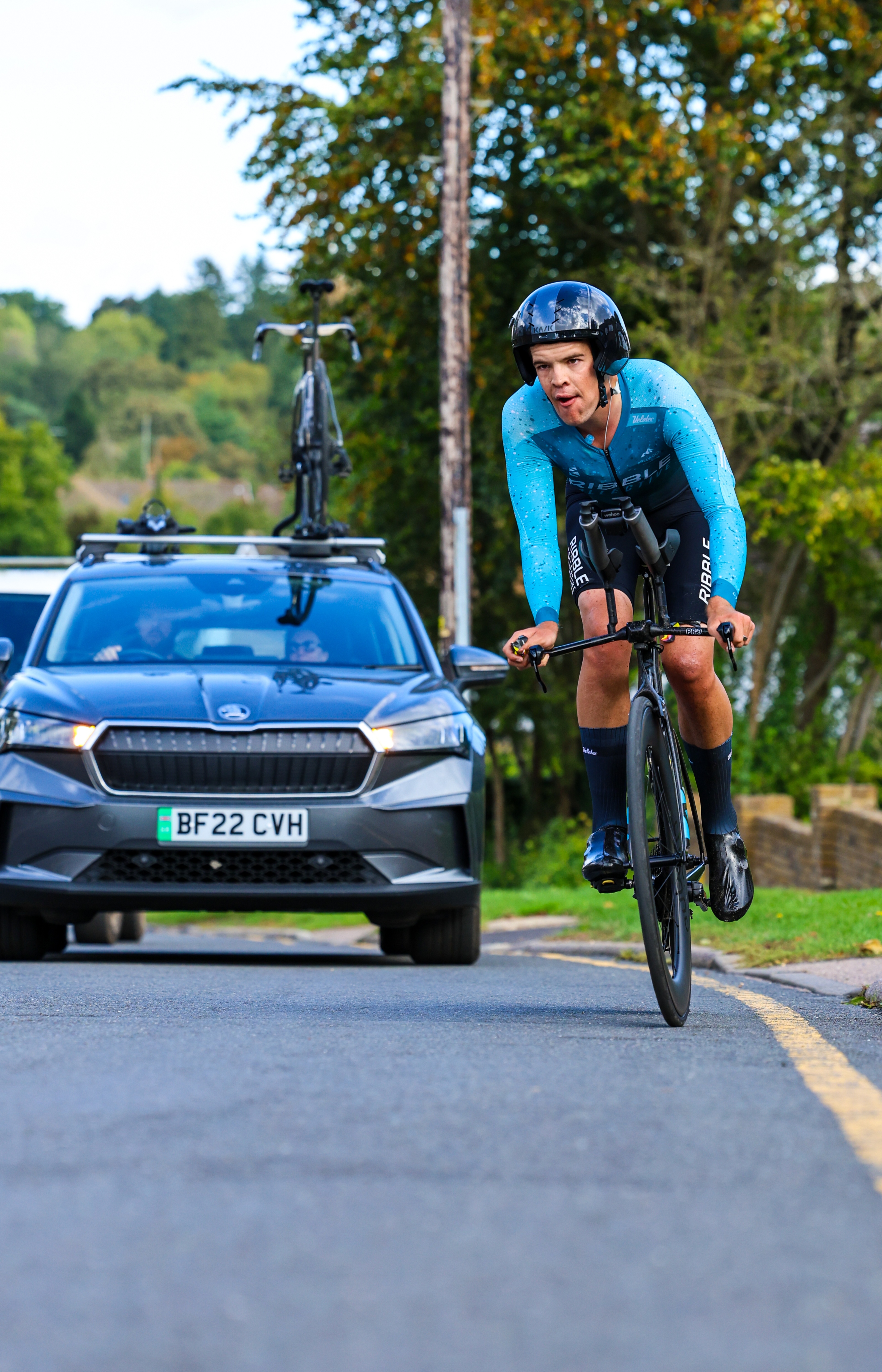
Professional Cyclist Joe Laverick attempts the London Loop in a 9-5 Challenge
Brit abroad: "Every bike race is a party!"
Privateer racer Joe Laverick (Ribble Rebellion) spent the first six weeks of his 2024 season racing in the USA. We asked the 23-year-old Brit to outline the differences he observed between the US and UK domestic scenes
You could fit 40 of the UK into the USA, in terms of landmass. With that in mind, it’s no surprise there are vast differences between the UK and US cycling scenes. If you ask a US rider, they’ll say that their domestic cycling scene is weak; but from an outside perspective looking in, it’s incredible.
There’s no hiding the fact that gravel is rapidly becoming the darling of the US. It’s easy to understand why – the infrastructure is so different. The US doesn’t really have country roads, instead it has gravel roads. As soon as you get out of major areas, paved roads turn into gravel.
The US domestic scene is healthy, because every bike race is an event first and foremost. Most of the big US events have a music festival or other community events happening alongside them. The biggest gravel races have thousands of participants, from pros all the way down to first-time gravel riders. We did a crit in Georgia where it seemed the bike race was just one small part of the town’s party.
Looking back to my development years, though, I’d much rather be a Brit coming through than an American. When you’re developing as a junior or U23, you want to be racing in mainland Europe – much easier from the UK. There are so many British teams that offer development trips to France and Belgium, which is priceless to a rider’s progress. I’d say it’s easier for a UK rider to break through.
The UK and US scenes are just so different that it’s hard to compare them. While the US may not have as many WorldTour riders as we do right now, riding in the States – the racing, the training, the lifestyle – is much more enjoyable than being in the UK.
Reduced home calendar
Lamperti has another string to his bow: he has won the last three National Criterium Championships, denying often much older riders whose entire racing focus is centred on the US crit scene. Indeed, it is a scene that has attracted a lot of attention and big crowds in recent years, making genuine stars out of the likes of Justin Williams and the Legion team. The big bucks looked set to multiply at the turn of the 2023 season when a number of high-profile celebrities and venture capitalists came together to invest in the National Cycling League (NCL), with the aim of creating a rotating professional crit circuit around the country with millions of dollars in prize money. The dream, however, sputtered along, and in April the NCL announced that no races will take place in 2024.
The NCL’s failure is symbolic of the wider American scene: in the past decade, almost all of the country’s biggest UCI races have ceased to exist, including the Tour of California – a regular fixture on the WorldTour calendar – the Tour of Utah, the Philadelphia Cycling Classic, the USA Pro Cycling Challenge, and latterly, the Joe Martin Stage Race. It means in 2024, the solitary UCI stage race on American soil has already been held – April’s Tour of the Gila – and there’s only one one-day race that’ll have WorldTour representation: September’s Maryland Classic. “It’s become ever harder to put on races because of the difficulties in closing roads, the large costs for policing, and the finance needed for these events,” Knickman explained. “These races and that level of racing are disappearing, and all the money has gone to criteriums because they’re easier to put on and more entertaining for the general public.”
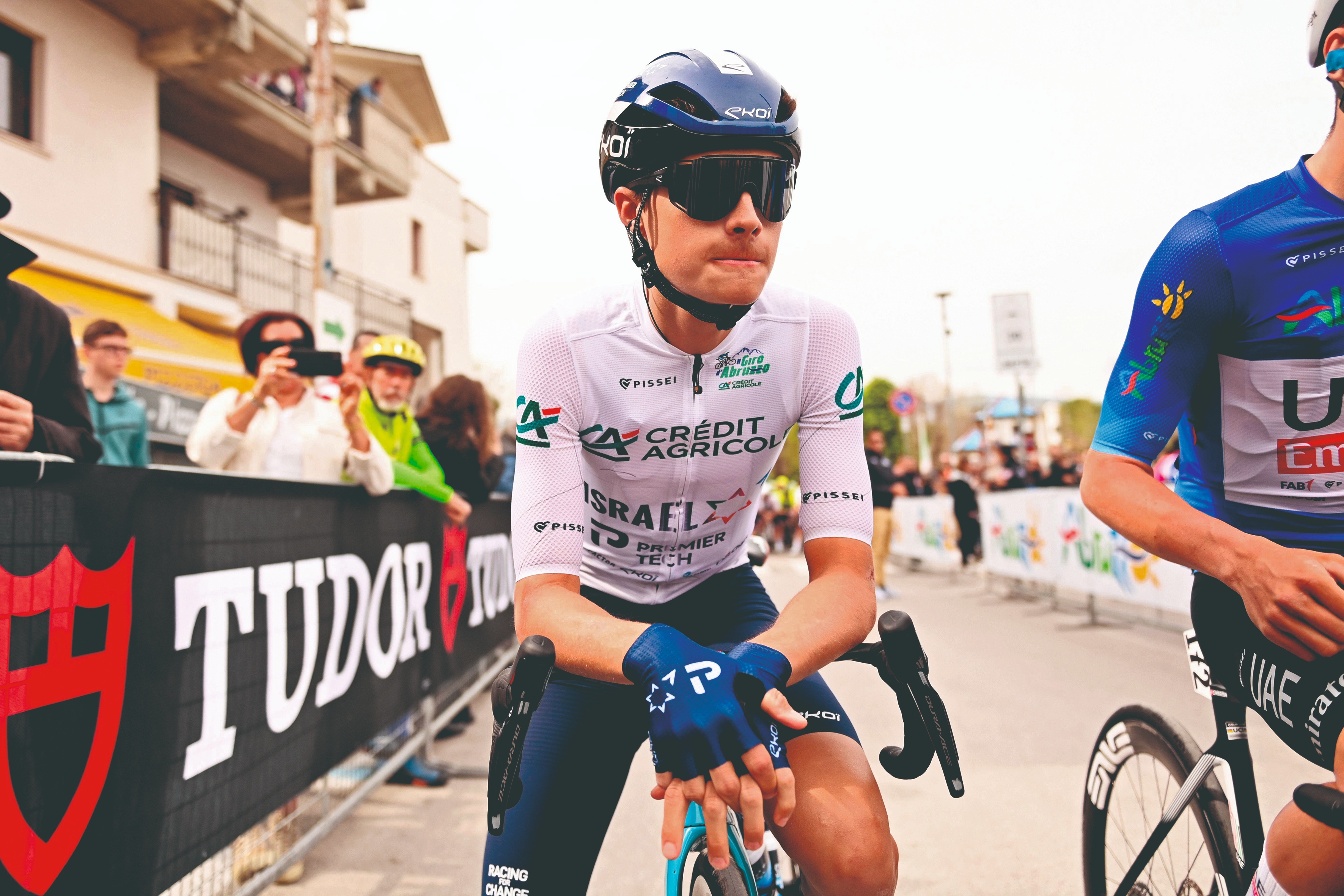
Riccitelllo’s climbing high and could be a future GC contender
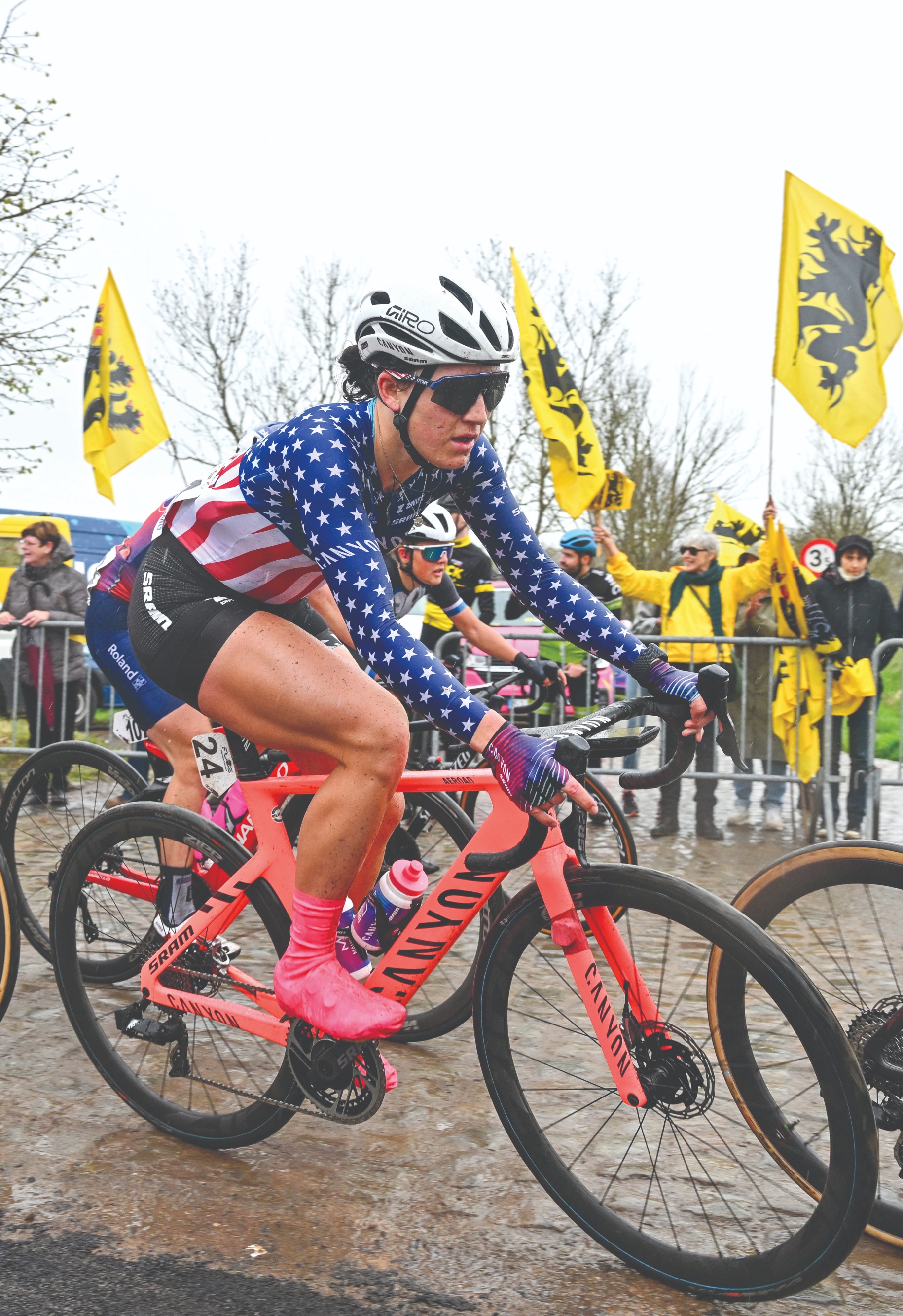
Dygert would like to see more European teams racing in the US
What about the women?
The situation for women’s cycling in the US is similar to that of the men’s: there are few races and just three US-registered teams present in the big races. A handful of riders have excelled at various points in the past decade – notably Evelyn Stevens in 2012, the all-conquering Megan Guarnier in 2016, and former Tour of Flanders winner Coryn Labecki in 2017 and 2018 – but no one has come close this century to consistently matching the feats of time trial supremo and three-time Olympic champion Kristin Armstrong.
Chloé Dygert, a 12-time world champion on the track and road, is the poster woman for American cycling right now. “It’s a bummer the way it is because I do feel like America has a lot to offer the cycling world,” the reigning time trial world champion told CW. “America is great, everyone wants to go to America, so it’s sad to see these races collapsing, but if you’re good enough, you’re in Europe.
“It’d be great to have these races come back, but it’s hard to get the funds and resources to be able to run them. It’s hard for European teams to fly over there with all their equipment, and then every race organiser has to provide transfers and team vehicles. It’s complicated but I hope one day things will get better.”
Dying grassroots
It’s an outlook that is mirrored in other parts of the world, none more so than the UK. What will be the result of a dwindling road circuit? Knickman: “I can’t see a lot of riders coming from the US road scene and ending up in Europe because they haven’t got the calendar to race here.” Some of the most recent to cross the pond, Riccitello and Lamperti, share Knickman’s concerns. “Not having any stage races is going to have a pretty big effect,” Riccitello said. “Even though we have a lot of good American riders now, we’d have even more if those races were still happening. Having the tours of California, Utah and Colorado would be a huge benefit to the US cycling scene.” Lamperti added: “I’d say that the top guys will still come through, but there won’t be as much depth. The ones who do a year in the US as an U23 and then develop later, they’re going to find it much harder to get spotted by a European team because there are no US stage races to show that talent. You have to race gravel or go to the crit scene, which is fun and there is money in it, but it doesn’t translate to the road.”
There is another hitch: although both Lidl-Trek and EF Education-EasyPost are registered as US WorldTour teams, the biggest second-tier outfit from the country, Human Powered Health, formerly known as Rally Cycling, folded at the end of the 2023 season, depriving yet more Americans of top- level European racing. At a junior level, Knickman’s Lux team closed its doors in late 2022 after failing to pull in the necessary sponsorship, leaving Hot Tubes Cycling and the EF Education- Onto set-ups as the only junior teams offering American riders frequent opportunities to race in Europe. “Riders like Matthew, Luke, Magnus and Quinn will always end up on a WorldTour team – they’re too gifted and determined not to – but junior teams like what we had at Lux and Hot Tubes are a necessity because there are other riders who can only make it if they have guidance, development and a fuller program of European racing,” Knickman said. “Bringing them to Europe really is the only pathway.”
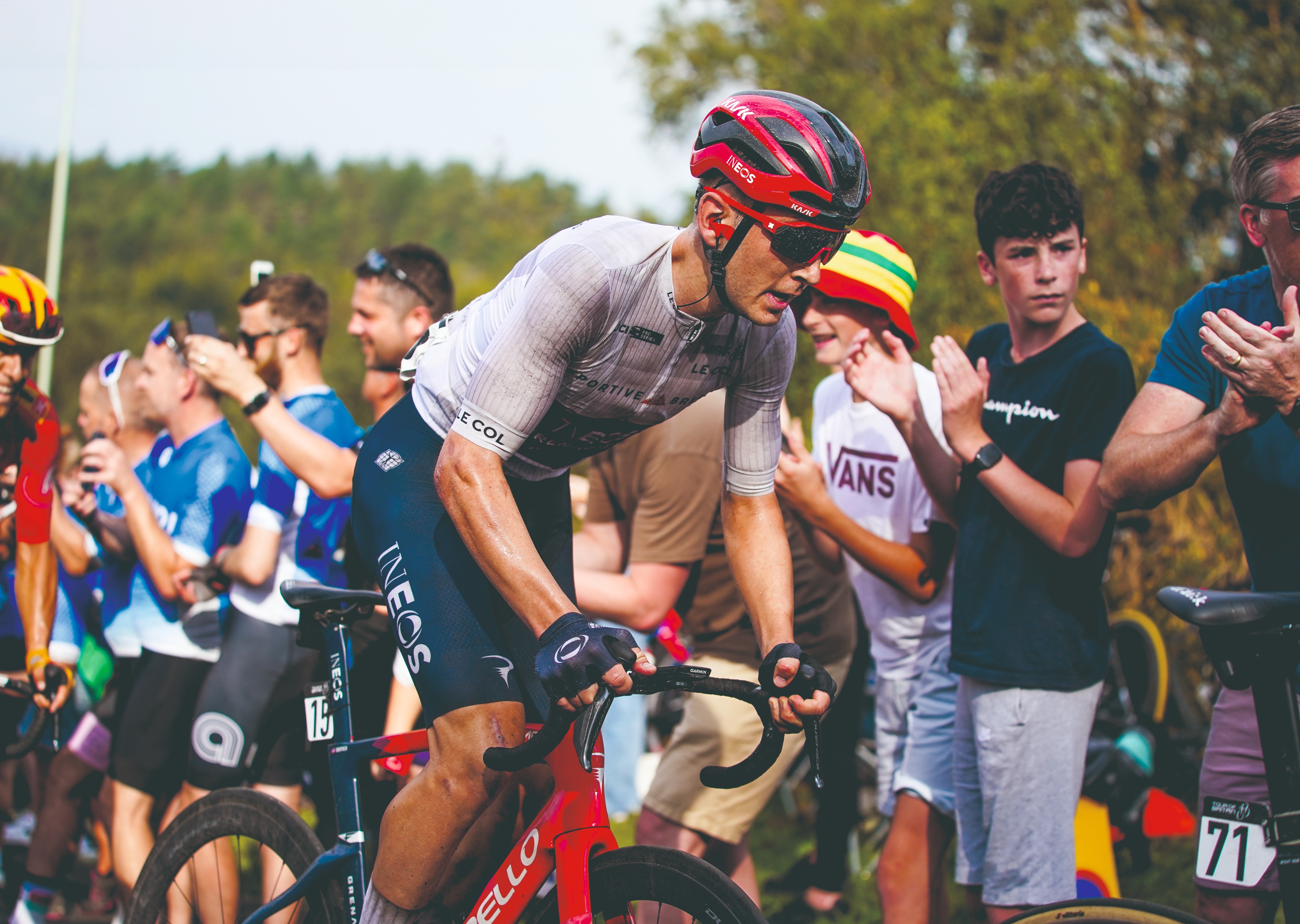
Sheffield was best young rider at last year’s Tour of Britain
Against the backdrop of the mixed fortunes of US road cycling is the ever-expanding gravel scene that has its worldwide roots firmly entrenched in American soil. Despite gravel’s explosion in popularity, however, there appears little chance, according to Knickman, that its success will breathe new life into the floundering prospects of its once much bigger sibling, road racing. “The culture of gravel is just so different, and because it’s largely built on extreme distances of 100- and 200-mile races, it goes against the development philosophy, so I just don’t see it becoming a major pathway to the road – unless there was more focus and promotion put into the juniors.”
So where does this all leave American cycling? On one hand, in Kuss, Jorgensen, Lamperti, Riccitello and many others, the American flag is poised to continue being raised high above many different race podiums in the ensuing years, including at the Tour de France. But unless new funding and appetite can be found for road racing in town halls across the country – and the stark truth is that cycling is not a mainstream sport in the country of 330 million baseball and American football fans – the long-term future looks rather bleak. The current crop of high-performing Americans might well be the final ones to descend on Europe en masse for generations to come. “The best guys will always make it, and I really think we’ll continue to see US athletes coming through with the combination of Hot Tubes, EF juniors and the national federation sending riders to Europe,” Knickman concluded, “but unfortunately we have a domestic system that is very weak, one that doesn’t compare to European countries, and one that is failing to get enough riders recognised by European U23 teams. This is not an absolute death or absolute demise for the US, but things haven’t been going well and I worry about the future.”

Thank you for reading 20 articles this month* Join now for unlimited access
Enjoy your first month for just £1 / $1 / €1
*Read 5 free articles per month without a subscription

Join now for unlimited access
Try first month for just £1 / $1 / €1
A freelance sports journalist and podcaster, you'll mostly find Chris's byline attached to news scoops, profile interviews and long reads across a variety of different publications. He has been writing regularly for Cycling Weekly since 2013. In 2024 he released a seven-part podcast documentary, Ghost in the Machine, about motor doping in cycling.
Previously a ski, hiking and cycling guide in the Canadian Rockies and Spanish Pyrenees, he almost certainly holds the record for the most number of interviews conducted from snowy mountains. He lives in Valencia, Spain.
-
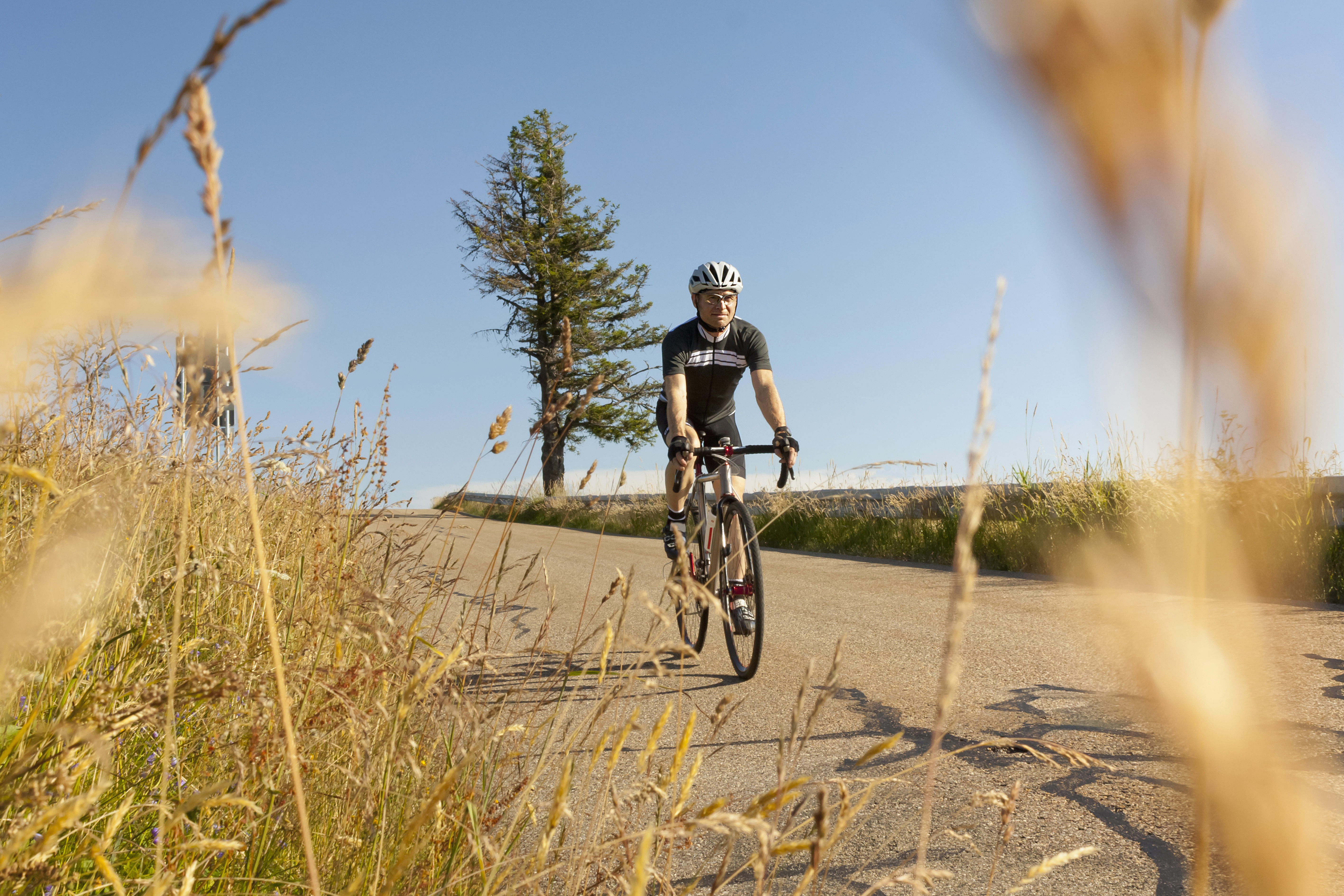 Hayfever and your riding: how to combat it as the pollen strikes
Hayfever and your riding: how to combat it as the pollen strikesExplanations, medications and holistic measures to make your spring and summer riding more enjoyable
By James Shrubsall
-
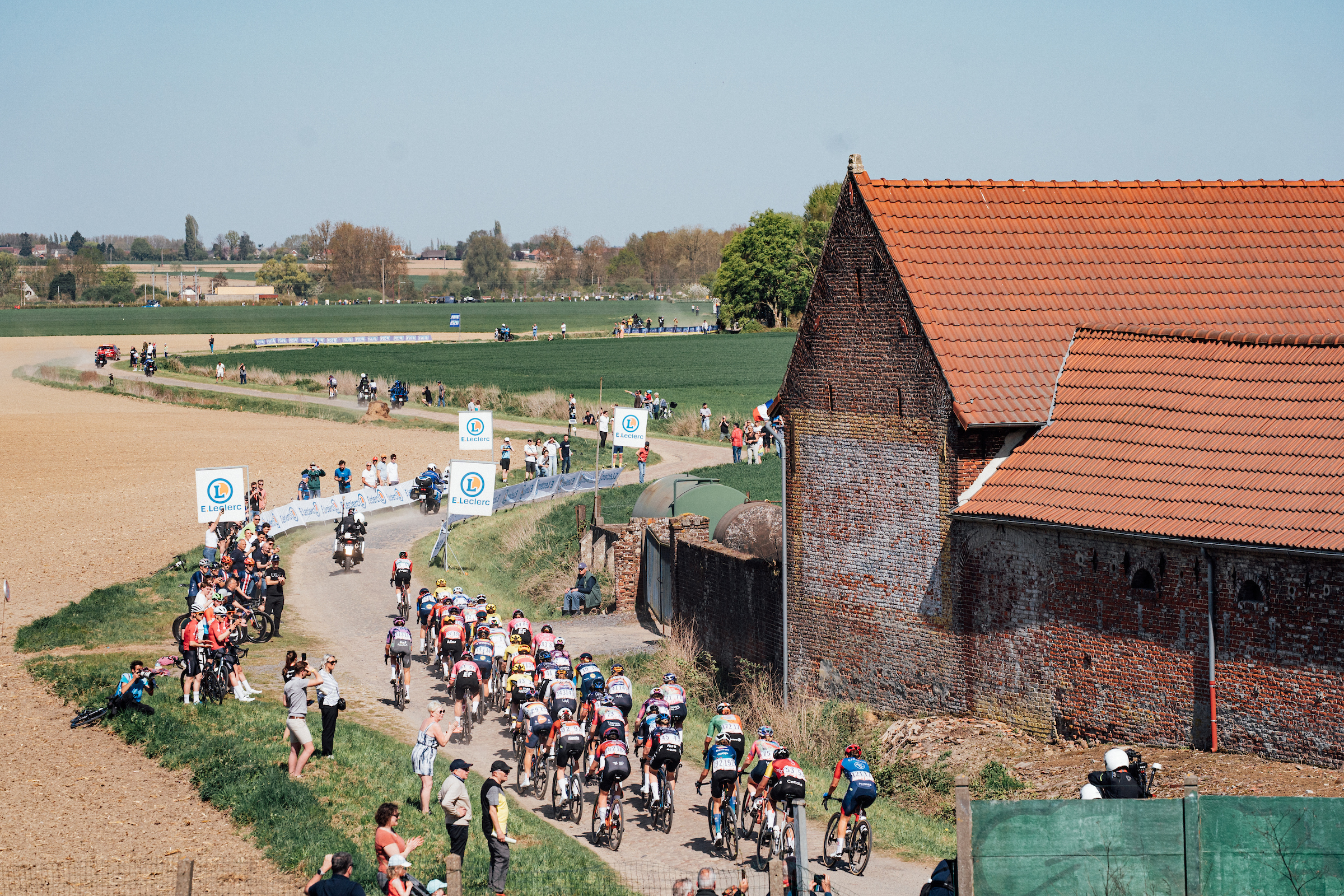 I went to Paris-Roubaix Femmes and was shocked at how it is still treated as secondary to the men’s race
I went to Paris-Roubaix Femmes and was shocked at how it is still treated as secondary to the men’s raceThe women’s version of the Hell of the North is five years old, but needs to be put more on equal footing with the men
By Adam Becket